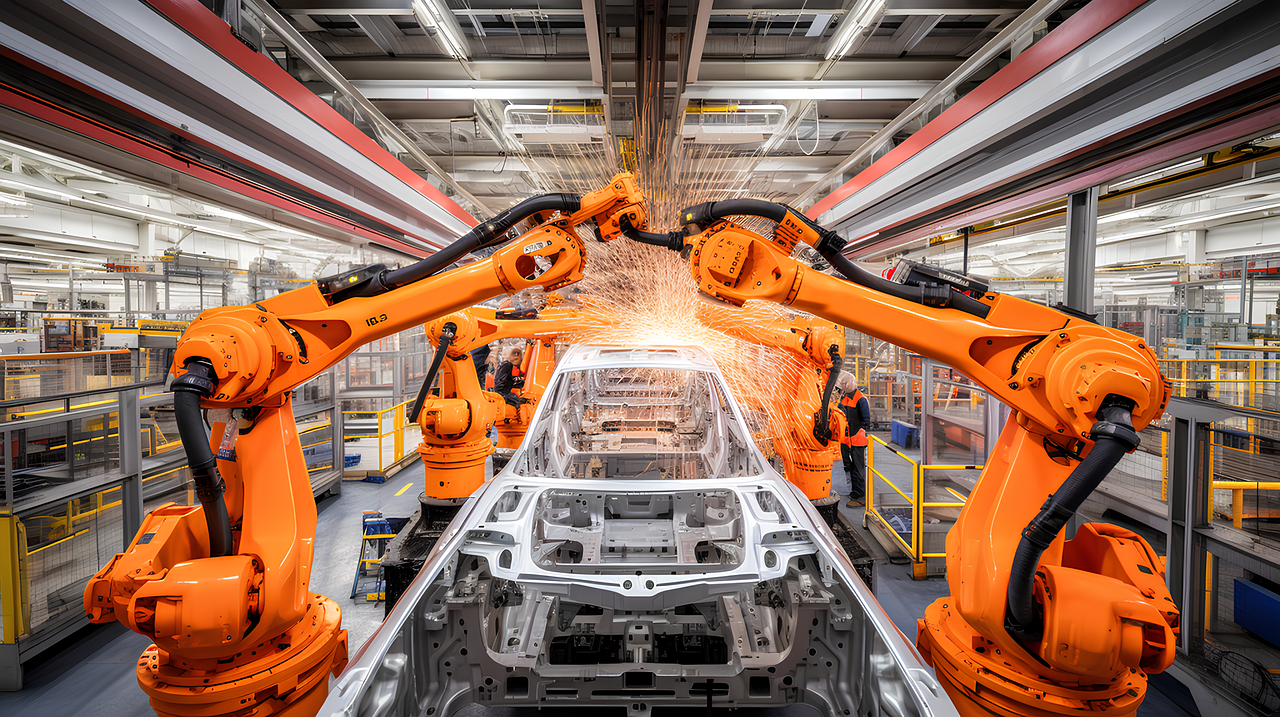The integration of robotic machinery in businesses is no longer a far-fetched concept, but rather a practical step towards innovation and productivity.
However, preparation is key for successful implementation. Let’s explore how you can ensure your business effectively embraces this revolutionary change.
Understanding the Basics of Robotic Machinery
Before integrating any new technology, it’s crucial to understand its basic principles. Robotic machinery can greatly enhance productivity if used properly. Knowing how these machines function will allow you to determine which processes in your business they can best be utilized for.
To get started, read up on relevant research and familiarize yourself with different types of robotics pertinent to your industry, including their capabilities, and potential applications within the context of your operations.
Preparing Your Business Infrastructure for Robotic Integration
Transitioning to a robotic workforce requires careful preparation. This involves making necessary adjustments in your physical setup and operational processes:
- Space Assessment: Ensure you have enough space for the machines to operate efficiently. Elements like clearances, electrical requirements, and safety zones need meticulous planning.
- Process Adaptations: Some business procedures might require changes or completely new methods with robot integration.
- IT Compatibility: Confirm if the machine’s software can integrate with your current systems without any hitches. Work with IT consultants if any major changes are necessary.
Take note that these are just the starting points of what could be an exhaustive checklist. Proactive analysis and resolution of potential issues will save time, expense, and stress during actual installation.
Training Your Staff for Transitioning to Robotics
Adopting robotics in your business operations means your team must adjust as well. Training is the key factor that will determine how smoothly this transition goes:
- Basic Knowledge Transfer: Start by educating your staff about the basics of robotic machinery operation, building a foundation of understanding.
- Role-Specific Training: Next, ensure role-specific training sessions catering to individuals whose jobs will interface with these machines daily.
- Safety Precautions: Also stress learning proper safety practices when working alongside these powerful devices.
Throughout this process, check out these practical tips for a robotic machining setup. They’ll help establish an environment where personnel and technology collaborate seamlessly and productively.
Anticipating Costs and Budget Considerations in Implementing Robotics
Financial preparedness is key when it comes to integrating robotic machinery into your business. Here are some budgeting aspects you should not overlook:
- Acquisition: Determine the cost of acquiring the proper robotics for your operations. This includes purchase price, shipping, and related expenses.
- Installation: Factor in other costs such as those of professional installation services, inspections, or required infrastructure modifications.
- Training Expenses: Don’t forget to allocate a portion of your budget towards staff training measures discussed earlier.
- Maintenance and Upgrades: Ascertain estimated ongoing costs like preventive maintenance budgets and future upgrades if necessary.
From acquisition through operation, each phase comes with its own set of financial considerations. Proper planning can prevent unexpected expenditures from becoming obstacles.
Post-Installation Steps: Embracing Monitoring and System Maintenance Duties
The job doesn’t end after the robotic machinery is installed. To ensure long-term efficiency:
- Monitor regularly for potential disruptions or issues.
- Carry out annual maintenance with the help of professionals to avoid major malfunctions and.
- Encourage staff to report any minor irregularities during operations, as these could indicate larger hidden problems.
Don’t forget about periodic upgrades too, as mentioned. That way you can be ready for technological advancements that can further optimize your business.
Final Thoughts
Adopting robotic machinery is a significant leap towards modernization, improving efficiency and profitability. By understanding these machines, preparing your business environment, training staff, budgeting wisely, and maintaining the system post-installation, you’re setting up your enterprise for successful implementation of this powerful technology.





















